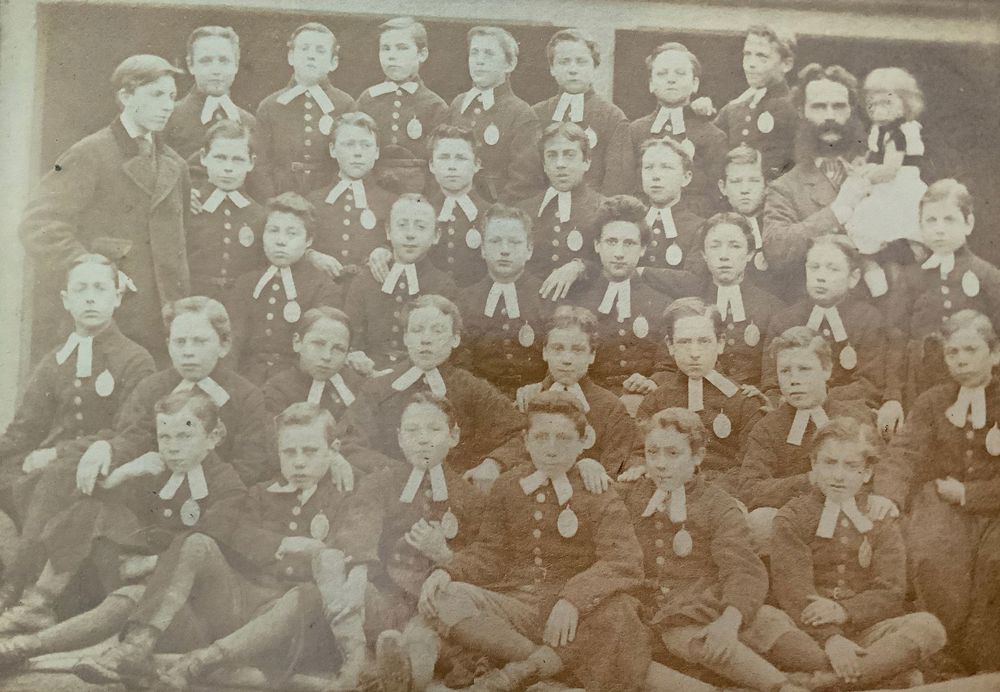
School History
Sir Thomas Rich was born in Gloucester in 1601, as the entry in the Baptismal Register of St John’s, Northgate shows.
He was sent to school in London and after studying at the newly founded Wadham College, Oxford, worked in the city of London in the wine importing trade. He bought the manor of Sonning, near Reading, and become MP for Reading. He was created a baronet by Charles II.
In his will of 1666 Sir Thomas left his house on Eastgate Street in Gloucester and £6000 to establish a school in the city for 20 poor boys. The money was mainly invested in farmland, and the rent paid for the running of the school, which opened in 1668. Sir Thomas was buried in the parish church at Sonning and his ornate tomb may be seen under the church tower.
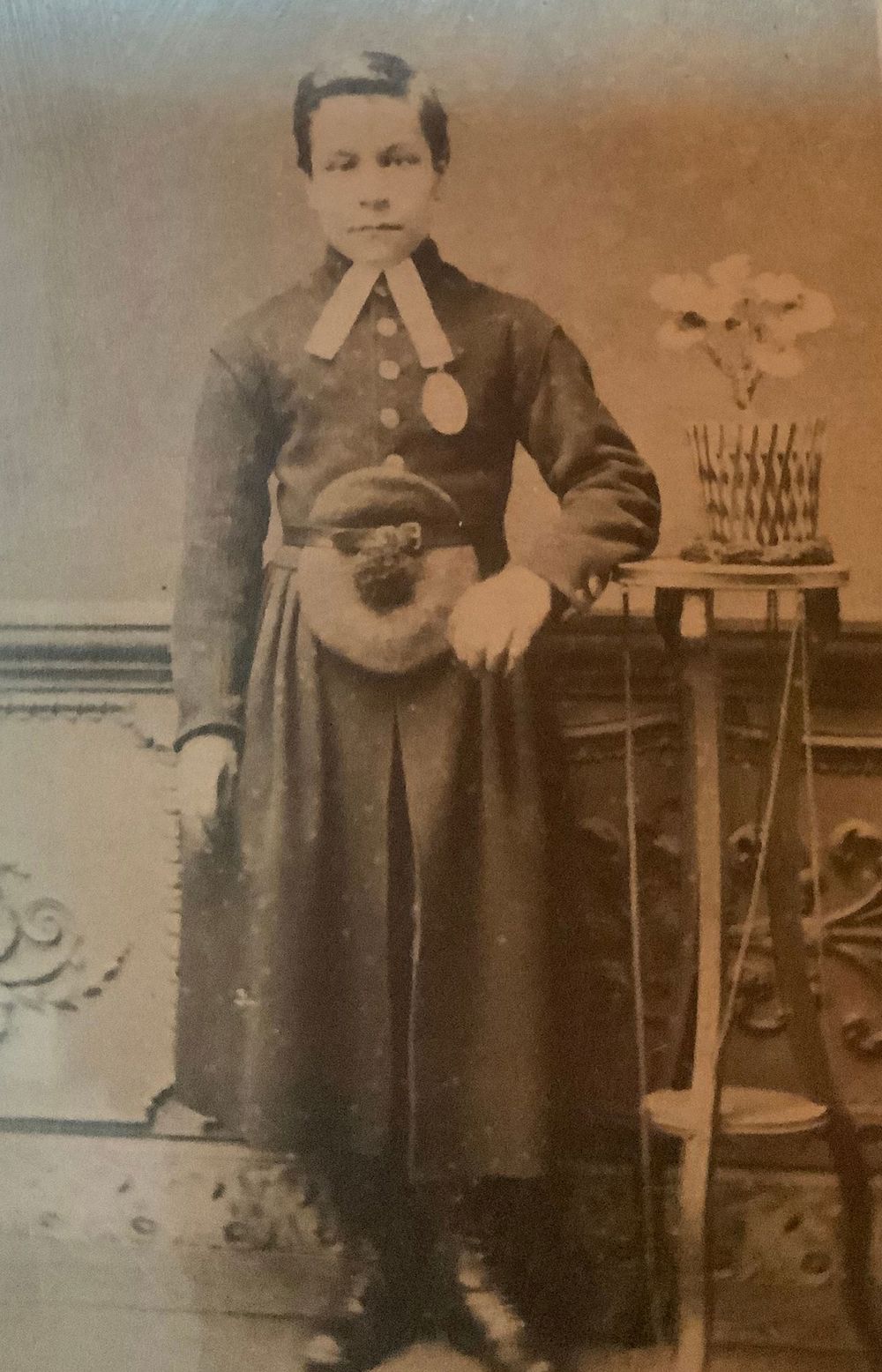
The Eastgate Street era
The school, which was originally known as the Blue Coat Hospital, was run on the lines of Christ’s Hospital and a Master and Matron were appointed to teach and care for the boys. The school is shown in the Kip engraving of Gloucester of 1712 close to the Barley Market that stood in Eastgate Street. One of the key features of the bequest was that money was provided for apprenticeships once the boys had left school, as a result good employment was guaranteed and this meant that the school was always full. When the Master was away from the school the boys were supervised by the oldest boy who was known as the Observator, and our Sixth Form prefects retain this title to this day.
The Blue Coat uniform was worn, comprising a navy blue drugget coat, yellow stockings, leather belt, white collar and tabs, and each boy wore a numbered silver medallion. We possess several of these medallions and photographs of boys in this uniform dating from the 19th century. The school continued to use the Eastgate Street house until 1807, when new school buildings were erected on the same site. The oldest school photograph we have is dated 1875, seen here.
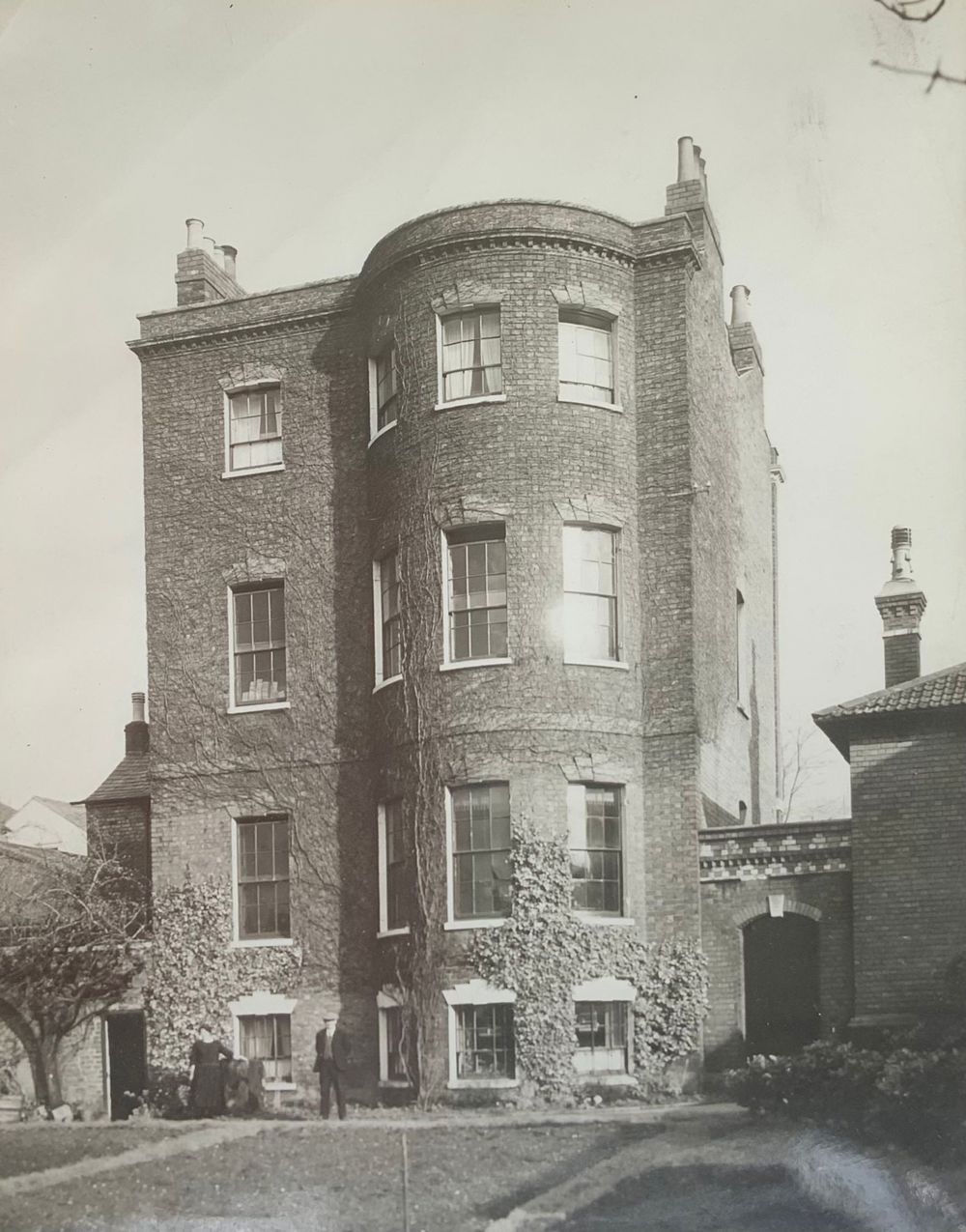
Moving to Barton Street
In 1882 the name of the school was changed from the Blue Coat Hospital to Sir Thomas Rich's School, and the old uniform was changed for one initially requiring only a cap and the Rich’s crest for a badge. By this time the School had increased in size to 100 boys, some coming in from the surrounding villages, and three Masters. Larger premises were needed and in 1889 the school moved to Barton Street. The Gloucester Guildhall, which today operates as an arts centre and cinema, was built on the Eastgate Street site of the original school.
The Barton Street site comprised the School House, which still stands, and linked to it a hall which doubled as a gymnasium, several laboratories, an art room, a woodwork room, a library and a number of classrooms. Other classrooms were placed around what is now a car park. By 1904 there were 300 boys in the school, although some of the ablest continued to win scholarships to Christ's Hospital. A Sixth Form was added in 1925 and in 1930 the first eight Sir Thomas Rich’s boys went on to university.
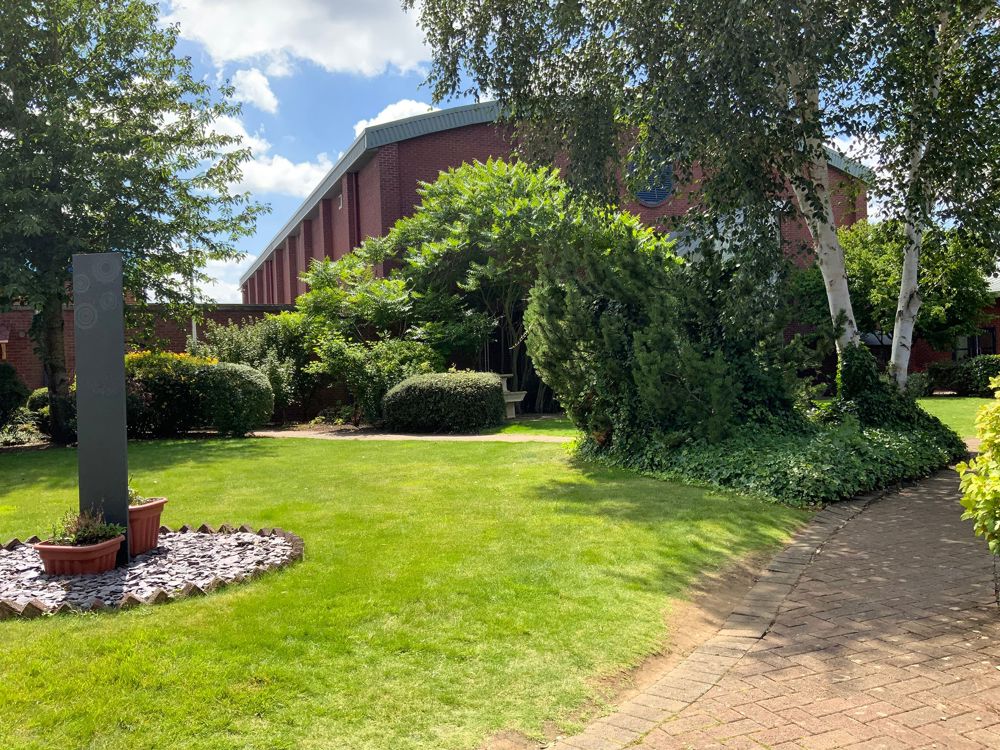
Elmbridge and the tercentenary
When the School was inspected in 1950, the premises was described as the worst in the South West of England, and plans were put in motion to move to more suitable accommodation. In the late 1940s the City Council had acquired Elmbridge Farm in Longlevens, and the school was provided with its first permanent playing field. New school buildings were eventually opened on the Elmbridge site in 1964.
The School’s tercentenary in 1966 was celebrated by an appeal to build a swimming pool. At the same time a statue of a Blue Coat Boy in traditional uniform was placed on a rock in the Quad, where it still stands today, and the School was granted its own coat of arms. The Royal Seal can be seen in display in the School Hall.
The School buildings remained much the same throughout the 1970s and 1980s. The first intake of girls into the Sixth Form came in 1987 when Colwell School closed, then in 1994 the swimming pool was rebuilt with grants and gifts, the foyer was refurbished by the Old Richians’ Association, and a new library and computer rooms were built under the arches.
In 1996 a second quad, known as the Grassed Quad, with 10 classrooms and a Sports Hall were added, and in 1998 the Sports Hall doubled in size. In 1999 the Music Suite was built, housing two specialist classrooms and a number of rehearsal rooms, and in 2002 the WJ Veale Language Centre opened, followed by the Food Technology building.
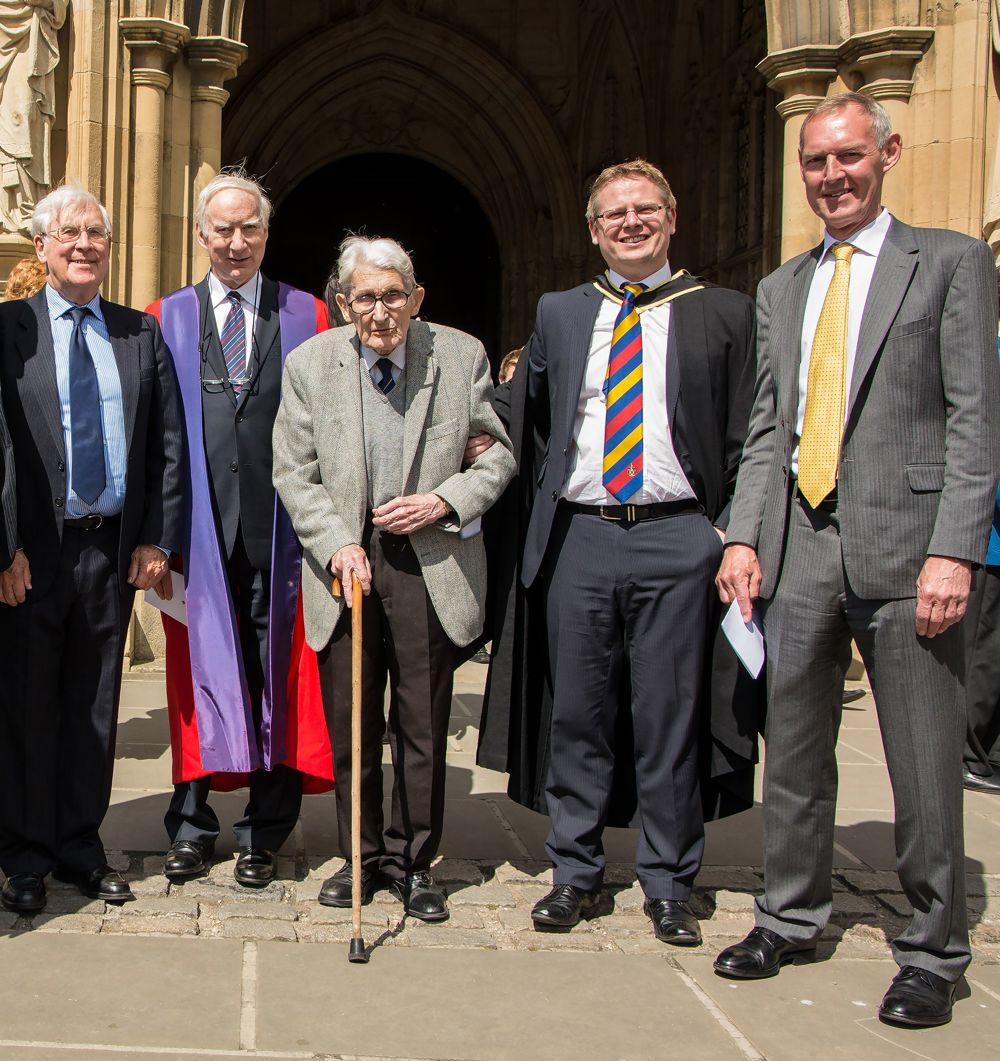
The 21st century
In 2012 the Sixth Form Centre was built, housing a new library (renamed the Learning Resource Centre), the Drama Studio and study areas for Sixth Form students, as well as a café. In 2014, the five living Headmasters, seen here, celebrated 50 years of the School at Elmbridge at a service in Gloucester Cathedral. From the left: Tony Jarvis, John Holdaway, John Anthony Stocks, Matthew Morgan and Ian Kellie.
Following a major fundraising campaign the Sports Pavilion was added in 2015, and a year later we celebrated 70 years of Rugby at the School with a programme of matches for alumni, a formal dinner and by publishing a comprehensive history of the sport in the School. The Clive and Sylvia Richards Business Enterprise Centre opened in 2020, housing Business, Economics and Psychology classrooms, along with bespoke teacher training facilities and the ICT Team. We are indebted to the Clive and Sylvia Richards Charity for its many generous donations to the School, which also helped to build the Pavilion and refurbish and modernise a number of the science labs.
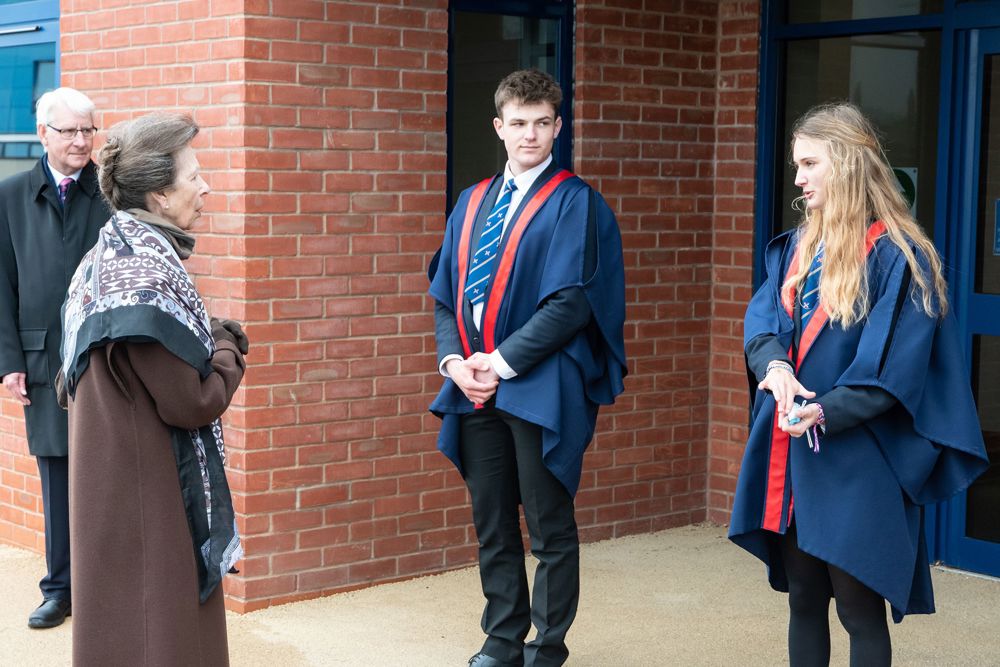
Visits from The Princess Royal
We are fortunate in that HRH The Princess Royal has visited the School twice, once in 1998 to open the refurbished swimming pool and more recently in 2021 to tour the School and meet staff and students to discuss the impact of the pandemic.
Richians old and new who are interested in finding out more about the School’s history can visit the STRS Archives website, which is run and updated by former Rich’s Design and Technology teacher and amateur historian, Phil Brown. The archives include a history of the Headmasters of the School and digital versions of The Richian school magazines from across the years.
The History of Sir Thomas Rich’s School
"The History of Sir Thomas Rich’s School" was written by Mr D J Watkins M.A. former Senior History master. It was written at a time when the School was reflecting on its move from the Barton Street site to the present location and about to celebrate 300 years since the School was established.
We would like to thank the former School Secretary, Jan Brown, for painstakingly typing up the text.